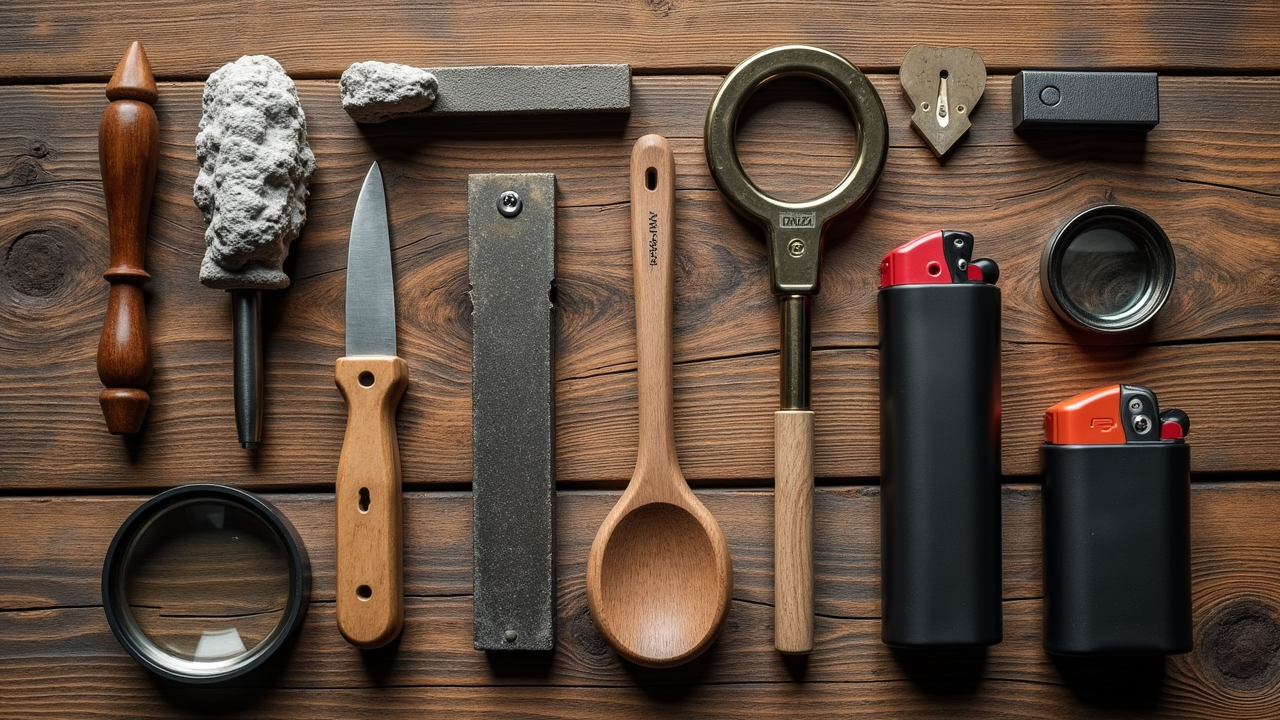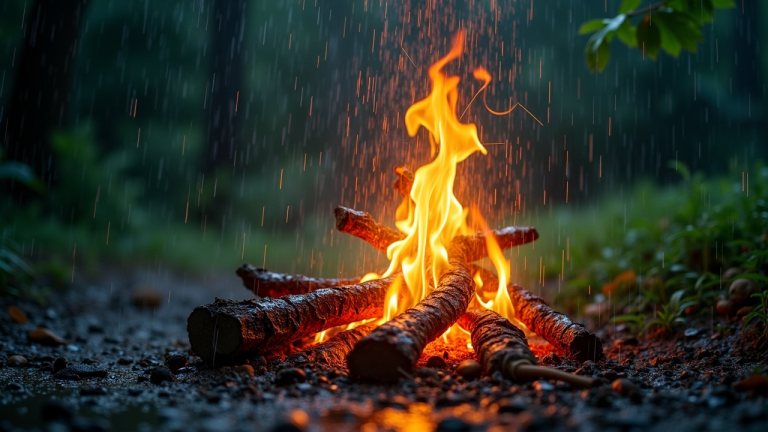Fire Starters – Matches, Lighters, and Ferro Rods
Flame On: A Comparative Analysis of Fire Starters – Matches, Lighters, and Ferro Rods
In the quest for fire, humanity has evolved from rudimentary beginnings of striking stones to the sophisticated use of matches, lighters, and ferro rods. Each method has its unique attributes, making it suitable for different environments and needs. This article delves into the comparative analysis of these fire starters, exploring their usability, durability, cost-effectiveness, and suitability for various conditions.
Matches: The Traditional Flame
Matches have been a staple in households and adventurers’ kits for centuries. They are lightweight, easy to use, and inexpensive. Typically, matches are available in two types: safety matches, which can only be ignited when struck against a specially prepared surface, and strike-anywhere matches, which can be lit by striking them on any rough surface.
The primary advantage of matches is their simplicity. They do not require refilling or much maintenance. However, their major drawback is their susceptibility to moisture; once wet, they are usually rendered useless. Moreover, they have a limited lifespan and can only produce a flame for a short burst—typically a few seconds—requiring swift action to build a fire.
Lighters: The Convenient Igniter
Lighters offer a more durable solution for starting a fire. The most common types are butane lighters and Zippo lighters, both known for their reliability. Butane lighters are particularly popular due to their wind resistance and the ability to refill them, making them a long-lasting option. Zippos, fueled by lighter fluid, are cherished for their classic design and windproof capabilities.
One of the key advantages of lighters is their ability to provide a continuous flame with minimal effort. This makes them superior in windy conditions where matches might fail. However, they come with the downside of requiring fuel replenishment and occasional maintenance like wick or flint replacement. Furthermore, in extremely cold conditions, the performance of butane lighters can diminish as the fuel struggles to vaporize.
Ferro Rods: The Survivor’s Choice
Ferrocerium rods – commonly known as ferro rods – are crafted from a blend of metals that produce sparks when scraped against a rough surface or a striker. These rods are designed to work in all weather conditions, making them a favorite among survivalists and outdoor enthusiasts.
The greatest strength of ferro rods lies in their reliability under adverse conditions. Unlike matches and lighters, they are unaffected by water or wind. A single rod can also last for thousands of strikes, providing exceptional longevity. However, using ferro rods requires more skill compared to the straightforward operation of matches or lighters. The user must know how to effectively gather tinder and kindling to catch the sparks produced by the rod.
Cost-Effectiveness and Environmental Considerations
When it comes to cost-effectiveness, matches are typically the cheapest option available but offer less durability and dependability in challenging conditions. Lighters come with an initial higher cost but can prove economical over time due to their refillable nature—especially in regular use scenarios.
From an environmental perspective, matches create waste with every use and often contain chemicals like sulfur and potassium chlorate. Lighters also pose environmental concerns; disposable models contribute to plastic waste unless responsibly recycled, while refillable models require the periodic purchase of fuel. Ferro rods score highly on environmental sustainability since they don’t generate waste with each use and lack chemical residues.
Choosing the Right Fire Starter
Choosing between matches, lighters, and ferro rods largely depends on the specific needs and conditions anticipated. For casual campers or those needing an emergency fire-starting method at home, lighters and safety matches could suffice. For more rugged outdoor activities or survival situations where reliability under any condition is paramount, ferro rods become indispensable despite their steeper learning curve.
In conclusion, each fire starter has its merits and limitations. While matches appeal for simple uses and emergencies at home due to their affordability and ease of use; lighters offer a balance between convenience and durability; ferro rods stand out in survival scenarios where extreme conditions may render other methods ineffective. Thus, understanding these tools’ characteristics helps in making an informed choice tailored to one’s specific requirements for igniting that vital flame.




